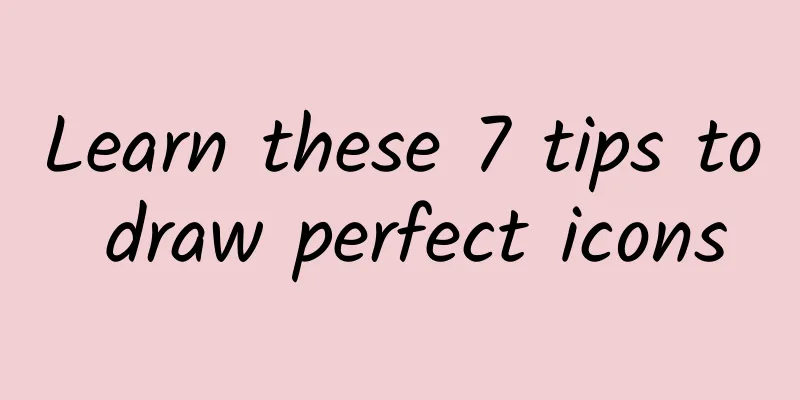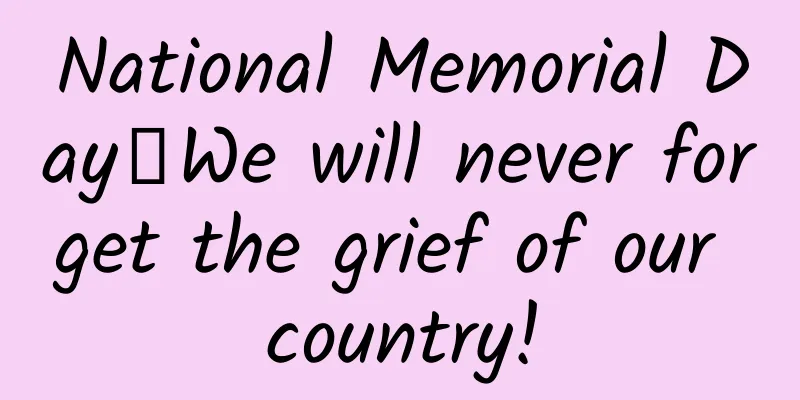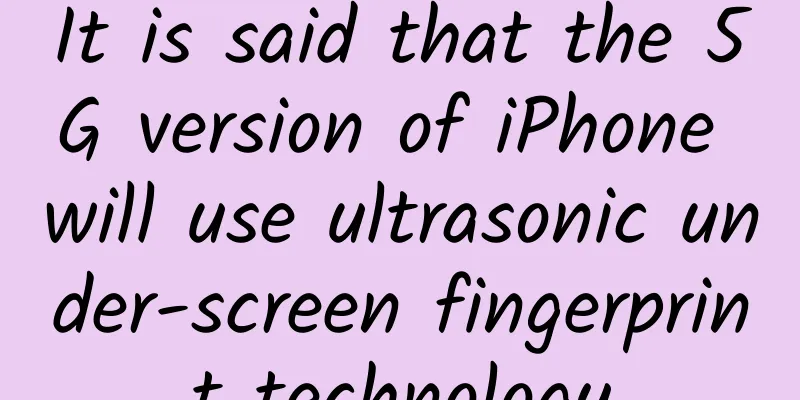Learn these 7 tips to draw perfect icons

|
Hello everyone, I am Brian. Icons are the most basic and important part of UI design, helping people better understand the functional content. With the popularity of flat design style, the style of icons is becoming more and more simple. Although the graphics seem simple, they actually need to pay attention to some methods to accurately express the meaning. The following is the sharing of icon design skills: Designing icons is an artistic process, and there are many skills that need to be paid attention to and cannot be ignored. Knowing how to design good icons is an indispensable skill for UI designers. When I design icons, I personally follow these 7 rules: Simple An icon is a non-realistic representation. Don’t worry about the icon not being realistic enough, eliminate unnecessary details, use basic shapes and keep only the most basic parts to make the icon easier to understand. Sometimes icons convey more complex meanings because they have more details, which is actually a style issue! consistency Throughout the icon system, your icons should maintain the same style to ensure perfect coordination. For example, the same shape, fill, stroke weight, size, etc. Make sure to have a grid, specifications, and styles that can be reused. If possible, redesign these icons instead of mixing them with other icons of different styles. Clarity Design icons that are pixel perfect, especially when they are very small. This way the icon strokes remain sharp and not blurry. Watch out for half-pixel situations and try to avoid decimal points. This will also help you keep your icons legible and clear as you scale them proportionally. space Make sure all shapes in your icon have enough space. Too little space between strokes will make the icon harder to understand. Give at least 2px of negative space Visual Adjustments Make sure your icon looks correct and align elements appropriately to achieve visual balance. Don't just focus on the parameters, use your eye to measure and move elements slightly if necessary. Layout Specifications Keep all icons the same size, define an adjustable padding range around the icons, and try to keep the elements designed within this range. Don't crowd all elements. Icons can extend beyond this padding when they require additional controls. Test verification During the design phase, your icons may look perfect, but you still need to put them into the actual interface environment to test whether they are perfect and whether there are any details that can be adjusted. Make sure each newly added icon appears consistent with the other icons. Do you use any of these tips when designing icons? Let me know in the comments how you design icons. |
<<: Google's powerful Android UI toolkit dominates Github, here's a guide to getting started
>>: How to make product design more youthful? I summarized these 5 points
Recommend
Don’t wait until something goes wrong! Android 15 API changes and best practices guide!
In the Android 15 update, Google continued to opt...
Chen Xudong: I have repeatedly asked myself what it takes to be successful at Magic Factory
Earlier this month, Zhou Hongyi gave Lenovo's...
The latest W boson mass measurement is consistent with the standard model; after talking with AI, people are less likely to believe in conspiracy theories | Technology Weekly
Compiled by Zhou Shuyi and Wang Xiang Antibiotic ...
Today is Lantern Festival丨Light up the lanterns, the moon is full and people are together
Good night to all families Decorate with lanterns...
Data Operations: How to do data analysis for market growth!
Written at the beginning: This article is transla...
Announced dead: There may be only two Yangtze giant softshell turtles left on Earth
According to Vietnamese media reports, on April 2...
Integrated Marketing Lights up Baidu World Baidu LBS Leverages the Trillion-dollar Life Service Market
O2O is a big market, including hotels, shops, res...
Comment weight restored? Apple has caused trouble 4 times in less than a month. Developers: exhausted!
Apple's Black Thursday Thursday is actually a...
Programmers: How to protect your eyes
[[142325]] In three months, I will be a programme...
After this barren land was "reborn", it was "affirmed" by the "desert elves"
Recently, the national second-level key protected...
Who can sing bel canto, do parkour and take care of children in the zoo?
As summer arrives quietly, the golden sunshine em...
Cycloglossum: The happiness of the “richest animal” is beyond your imagination!
Produced by: Science Popularization China Author:...
The complete collection of The Legend of the Dragon Slayer comics is free: How to make the website HTML code more in line with the SEO structure?
The web pages that ordinary people see are organi...
Is the gold medal made of pure gold? No, it contains only about 6 grams of gold.
A gold medal represents the highest honor in the ...









